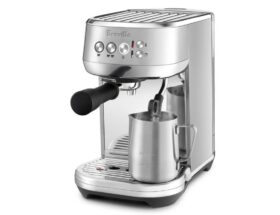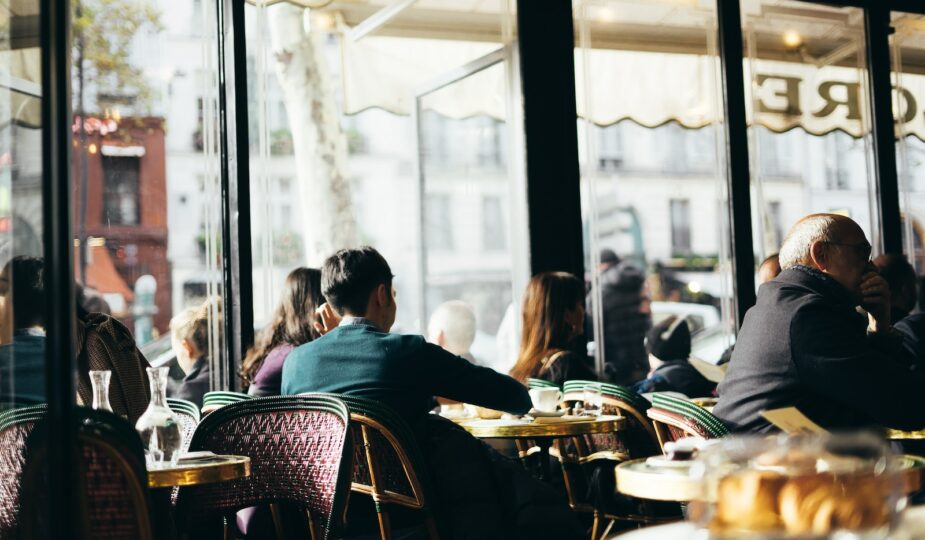
The History of Coffeehouses: Unveiling the Rich Heritage of Coffeehouse Culture
Coffeehouses, with their aromatic brews and lively ambiance, have become an integral part of modern life. But did you know that these cozy establishments have a history as rich and diverse as the coffee they serve? In this journey through time, we will explore the captivating history of coffeehouses, from their origins in the Middle East to their transformation into cultural and intellectual hubs around the world. Join us as we delve deep into the fascinating world of coffeehouse culture and uncover the stories of famous coffeehouses that have left an indelible mark on history.
Table of Contents
- 1: The Origins of Coffeehouse Culture
- 2: The Flourishing of Coffeehouses in England
- 3: Famous Coffeehouses That Shaped History
- 4: Coffeehouses in the 21st Century
- Section 5: Coffeehouse Decor and Atmosphere
- 6. Coffee Varieties and Brewing Techniques
- 7. The Role of Coffeehouses in Literature and Art
- 8. The Global Coffeehouse Culture
- 9. Coffeehouse Innovations
- 10. The Future of Coffeehouses
- Conclusion
1: The Origins of Coffeehouse Culture
The Birthplace of Coffeehouses
The story of coffeehouses begins in the Middle East, where coffee itself was first cultivated. The earliest records suggest that coffeehouses emerged in Mecca during the early 1500s or even late 1400s. These establishments, known as “qahveh khaneh,” quickly gained popularity, becoming vital social spaces. However, their growing influence and the political sentiments expressed within their walls led to their temporary ban by imams from 1512 to 1524. It was clear that coffeehouses were not merely places to enjoy a cup of coffee but were also hubs for political gatherings and discourse.
The European Arrival
The allure of coffeehouses soon spread beyond the Middle East. In 1529, coffeehouses made their debut in Vienna, marking the beginning of their European journey. It was here that sweeteners were first introduced to coffee, paving the way for the diverse range of coffee flavors we enjoy today. As coffeehouses continued to flourish, they made their presence known in cities like Damascus in 1534 and Constantinople in 1555.
One of the earliest European accounts of coffeehouses comes from Jean Chardin, a 17th-century French traveler. Chardin described these establishments as bustling spaces where people gathered not only to savor coffee but also to engage in political discussions, “innocent” games, storytelling, and even receive moral teachings from “molla.”
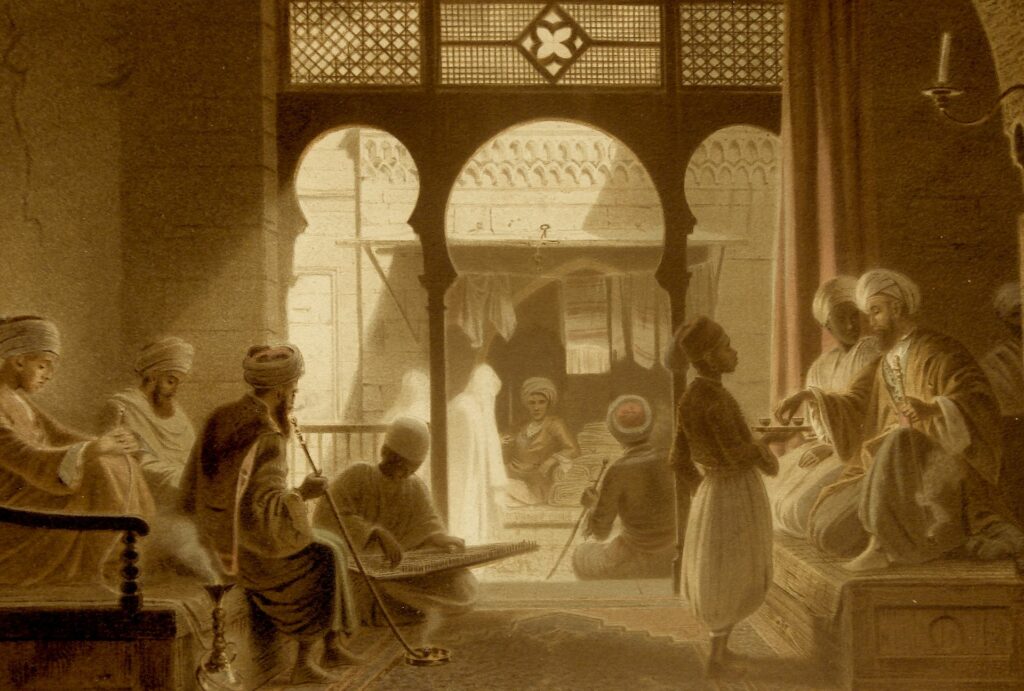
2: The Flourishing of Coffeehouses in England
Coffeehouses Come to England
The 17th century marked an exciting culinary period in England’s history, with the introduction of coffee, tea, and chocolate. Coffeehouses became a part of this cultural transformation, with the first English coffeehouse opening its doors in 1652. By the turn of the century, estimates of the number of coffeehouses in England ranged from 1,000 to a staggering 8,000, although an official survey in 1734 counted 551. Regardless of the exact number, coffeehouses had firmly established themselves as vital institutions in English society.
Coffeehouses vs. Taverns
Coffeehouses distinguished themselves from traditional taverns in several ways. At a time when drinking water was often unsafe, coffeehouses provided a welcome alternative. Boiling water for coffee and tea killed bacteria, making these beverages a healthier choice than the often-contaminated water or strong alcoholic drinks served at taverns.
More importantly, coffeehouses fostered an environment conducive to intellectual exchange and commerce. Taverns were known for rowdy drinking and gambling, while coffeehouses earned a reputation as respectable establishments where men conducted their daily affairs. For the price of a single penny, a visitor could gain admittance to a coffee shop and stay as long as they liked without any obligation to purchase anything. These coffeehouses became known as “penny universities.”
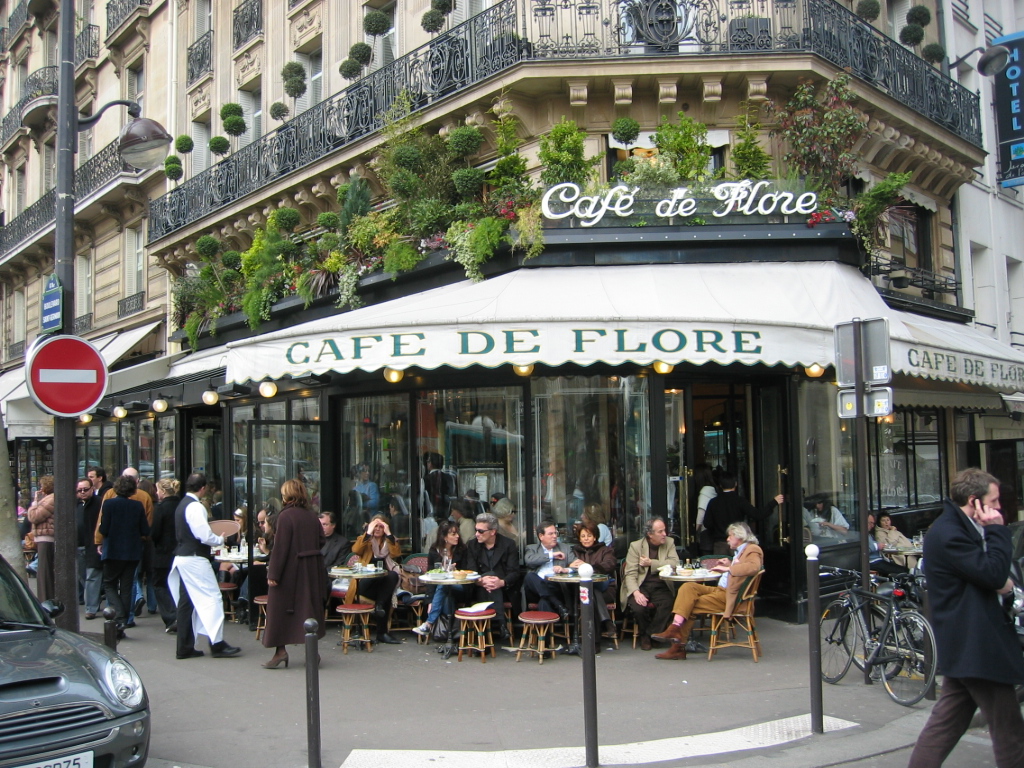
3: Famous Coffeehouses That Shaped History
Edward Lloyd’s Coffee House
One of the most iconic coffeehouses of the 17th century was Edward Lloyd’s coffee house, located on Tower Street in London. It gained fame as a gathering place for mariners and insurers. This establishment’s legacy endures today as it transformed into Lloyd’s of London, one of the world’s leading insurance companies. The maritime and insurance industries owe a debt of gratitude to this historic coffeehouse.
Jonathan’s Coffee House
Another legendary coffeehouse in London was Jonathan’s coffee house. It holds the distinction of being the first site of the London Stock Exchange. In the heart of the financial district, Jonathan’s coffee house played a pivotal role in shaping the world of finance. It became a hub for stockbrokers, traders, and investors, laying the foundation for modern financial markets.
The Tontine Coffee House
Across the Atlantic, in New York, The Tontine Coffee House stood as a symbol of financial innovation. It served as the first location of the New York Stock Exchange, forever changing the landscape of American finance and commerce. The Tontine Coffee House holds a unique place in the history of the United States as a birthplace of economic progress.
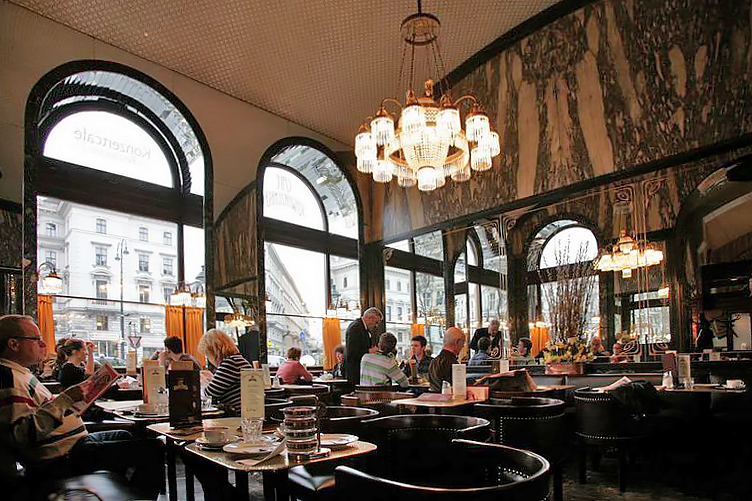
4: Coffeehouses in the 21st Century
In today’s fast-paced world, coffeehouses continue to serve as more than just places to grab a cup of coffee. They are modern community hubs, where people gather to work, connect, and engage in meaningful conversations. While the setting may have evolved with laptops and smartphones, the essence of coffeehouse culture remains unchanged.
As we reflect on the journey through the history of coffeehouses, it’s clear that these establishments have left an indelible mark on our society. They have been places of intellectual exchange, commerce, and community for centuries, and their legacy continues to shape our world. So, the next time you step into your favorite coffeehouse, take a moment to appreciate the centuries of history that have brought you to this point—a tradition that celebrates the simple pleasure of sharing a cup of coffee and conversation, just as it did centuries ago.
Section 5: Coffeehouse Decor and Atmosphere
The allure of a coffeehouse experience extends beyond the aroma of freshly brewed coffee. It encompasses the unique decor and ambiance that these establishments carefully curate to provide patrons with a welcoming and comfortable environment.
Traditional coffeehouses, often characterized by their cozy and inviting interiors, create an atmosphere that encourages relaxation and conversation. Plush chairs and sofas, complemented by wooden tables and soft lighting, set the stage for a serene and pleasant visit. Antique coffee grinders, vintage coffee posters, and book-lined shelves adorn the walls, adding to the charming and nostalgic feel.
In contrast, modern coffeehouses have embraced a diverse range of decor themes. From minimalist and industrial designs to eclectic and artistic concepts, coffeehouses aim to cater to varying tastes. While the specific style may vary, the fundamental goal remains constant: to offer a space where people can unwind, work, or engage in conversations while enjoying their coffee. Comfortable seating, whether it’s cozy nooks or communal tables, remains a priority to enhance the overall experience.
The ambiance in coffeehouses is carefully curated through background music, which can range from soft jazz to indie rock, depending on the coffeehouse’s target audience. These soothing sounds contribute to the creation of an environment where you can focus on your work, engage in a quiet conversation, or simply savor the moment.
As the coffeehouse industry continues to innovate and evolve, expect to encounter even more creative and unique decor concepts. Regardless of the style, the decor and atmosphere of a coffeehouse play an indispensable role in enhancing the overall coffeehouse experience, making it a place where both regulars and newcomers can find comfort and inspiration.
6. Coffee Varieties and Brewing Techniques
While the ambiance and decor set the stage for a great coffeehouse experience, the star of the show is undoubtedly the coffee itself. Coffeehouses offer a diverse range of coffee varieties and brewing techniques, making it an exciting journey for coffee enthusiasts.
Coffee Varieties:
Coffeehouses typically feature an array of coffee varieties, each with its unique flavor profile. Here are some popular ones you might encounter:
- Arabica: Known for its mild, sweet, and aromatic flavor, Arabica beans are celebrated for their quality and are often considered the gold standard in coffee.
- Robusta: Robusta beans are characterized by a stronger, more bitter flavor and a higher caffeine content. They add a boldness to many coffee blends.
- Single Origin: These beans come from a specific region, allowing you to taste the unique characteristics of the area’s soil and climate. It’s a journey through the world’s coffee regions in a single cup.
- Blends: Coffeehouses often create their unique blends by combining beans from different origins to achieve a specific flavor profile. These blends can range from mild and mellow to rich and bold.
Brewing Techniques:
The method used to brew coffee can profoundly impact its taste and aroma. Coffeehouses take pride in offering a variety of brewing techniques to cater to discerning coffee enthusiasts. Some common brewing methods include:
- Espresso: A concentrated coffee brewed by forcing hot water through finely-ground coffee beans. It serves as the base for many popular coffeehouse drinks like lattes, cappuccinos, and Americanos.
- Pour-Over: A manual brewing method where hot water is poured over coffee grounds in a slow and controlled manner, allowing for precise extraction and a clean taste.
- French Press: Ground coffee is steeped in hot water, and then a metal or mesh plunger is used to separate the coffee grounds from the liquid. This method results in a full-bodied brew with rich flavors.
- AeroPress: A portable and versatile brewing method that uses air pressure to extract flavors from coffee grounds. It’s known for its ability to produce a clean and vibrant cup of coffee.
The choice of coffee variety and brewing method allows coffee enthusiasts to explore a wide range of flavors and aromas, making each visit to a coffeehouse a delightful adventure. Coffee connoisseurs often enjoy experimenting with different combinations to find their perfect cup. The next time you visit a coffeehouse, don’t hesitate to ask the barista about their coffee offerings and recommendations—they’re passionate about helping you discover your ideal brew.
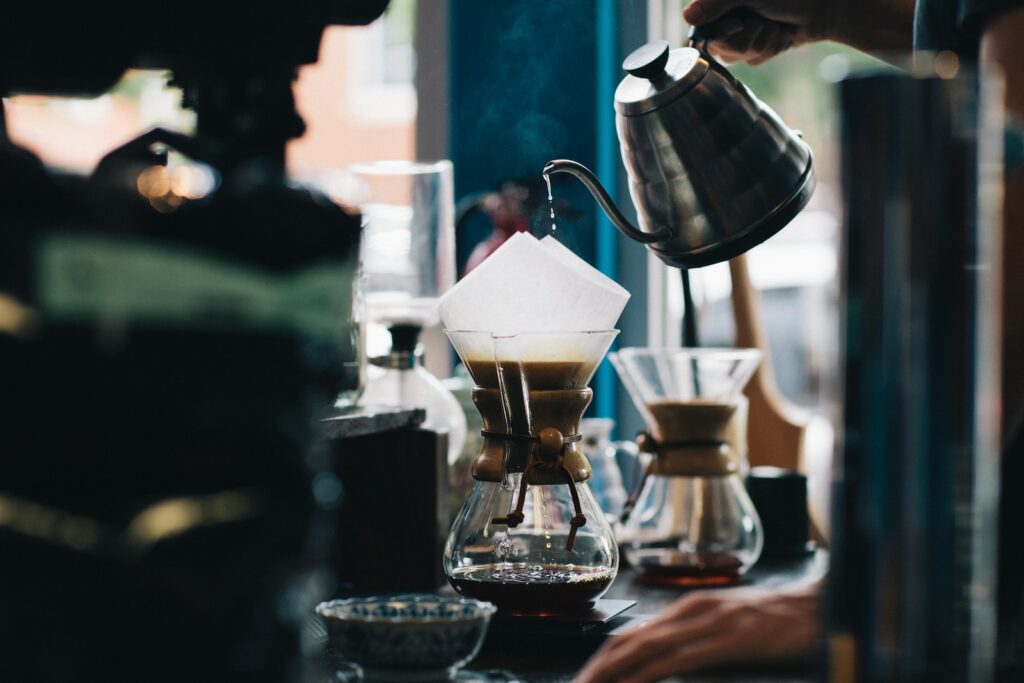
7. The Role of Coffeehouses in Literature and Art
The allure of coffeehouses extends beyond being places to enjoy a cup of coffee; they have also played a significant role in shaping literature and art. These establishments have served as sources of inspiration, gathering spaces for intellectuals, and settings for iconic scenes in literature and artworks.
Literary Coffeehouses
Throughout history, coffeehouses have often been frequented by writers, poets, and philosophers seeking a conducive environment for creative expression and intellectual discourse. Many famous authors and literary movements have been associated with coffeehouses:
- The Enlightenment Era: Coffeehouses in 17th and 18th-century Europe were hotbeds of Enlightenment thinking. Writers and philosophers like Voltaire, Rousseau, and Denis Diderot would gather in coffeehouses to exchange ideas, challenge conventional wisdom, and promote intellectual freedom.
- The Beat Generation: In the mid-20th century, coffeehouses played a central role in the emergence of the Beat Generation. Writers like Jack Kerouac, Allen Ginsberg, and William S. Burroughs often met in coffeehouses to discuss their work, perform poetry readings, and explore countercultural ideas.
- Contemporary Literature: Modern-day coffeehouses continue to be settings for literary events, book readings, and open mic nights. These venues provide emerging writers with platforms to share their work and connect with readers.
Additionally, coffeehouses have featured prominently in novels and stories. They serve as settings for pivotal moments in literature, creating an atmosphere of introspection, conversation, and observation. Some famous literary works set in coffeehouses include “The Coffee Trader” by David Liss and “The Wind-Up Bird Chronicle” by Haruki Murakami.
Coffeehouse Art and Music
Coffeehouses have long been associated with the arts, providing a canvas for creativity and a stage for live music performances. Here’s how coffeehouses have influenced art and music:
- Visual Art: Coffeehouses often feature rotating displays of local artists’ works. The relaxed atmosphere and the presence of art can inspire patrons and create an immersive cultural experience. From paintings to photography and sculptures, coffeehouses showcase a variety of artistic expressions.
- Live Music: Many coffeehouses offer live music performances, ranging from acoustic sets by local musicians to jazz ensembles and singer-songwriter showcases. The intimate setting of a coffeehouse allows for a direct connection between the artist and the audience, enhancing the music appreciation experience.
- Open Mic Nights: Coffeehouses are renowned for hosting open mic nights, where aspiring musicians, poets, and comedians can share their talents with a receptive audience. These events encourage creativity and provide a platform for emerging artists to gain recognition.
- Café Culture in Art: Artists have often depicted coffeehouses in their works, capturing the essence of these spaces. Paintings, photographs, and illustrations featuring coffeehouses serve as both a celebration of cafe culture and a reflection of the societal significance of these establishments.
Coffeehouses have transcended their role as mere places to enjoy coffee. They have become integral to the worlds of literature, visual arts, and music. By fostering creativity, intellectual exchange, and cultural expression, coffeehouses continue to shape and enrich our cultural landscape. The next time you visit a coffeehouse, take a moment to appreciate the blend of creativity and culture that infuses these beloved establishments.
8. The Global Coffeehouse Culture
Coffeehouses, with their rich history and diverse offerings, have evolved into unique cultural hubs that vary from country to country. While the essence of coffee and community remains constant, the coffeehouse experience can be markedly different depending on your location. In this section, we’ll explore the global coffeehouse culture, highlighting regional traditions and the distinct coffeehouse experiences around the world.
Italy: The Birthplace of Espresso
Italy is renowned as the birthplace of espresso and home to a thriving coffee culture. Italian coffeehouses, known as “cafés” or “caffè” are famous for their strong espresso shots, cappuccinos, and espressos. They are often characterized by a bustling atmosphere, with patrons standing at the bar to savor their coffee quickly.
Turkey: Time-Honored Coffee Traditions
In Turkey, coffeehouses hold a special place in the culture, dating back to the Ottoman Empire. Turkish coffee, prepared in a unique way using finely ground coffee beans, is served in small cups with a side of sweet treats like Turkish delight. Coffeehouses, or “kahvehane,” are hubs for socializing, playing board games, and engaging in lively discussions.
Japan: The Art of Pour-Over
Japanese coffeehouses are known for their meticulous approach to pour-over coffee. Patrons can enjoy a serene and minimalist environment while savoring a meticulously brewed cup. Japanese coffeehouses often focus on precision and craftsmanship, making each coffee an artful experience.
Ethiopia: Coffee’s Birthplace
Ethiopia is where coffee was first discovered, and coffeehouses, known as “bunna bets,” are an integral part of Ethiopian culture. The coffee ceremony, a traditional ritual, involves roasting green coffee beans, grinding them by hand, and brewing fresh coffee. The ceremony is a symbol of hospitality and togetherness.
Greece: Coffee with a View
Greek coffeehouses, or “kafenia,” offer not only a rich coffee experience but also breathtaking views. You’ll often find coffeehouses perched on scenic hillsides or overlooking the Mediterranean Sea. Patrons can sip Greek coffee while taking in the beauty of their surroundings.
Coffeehouse Etiquette
Navigating coffeehouse etiquette around the world can be an enriching cultural experience. Here are some general tips to keep in mind:
- Italy: Standing at the bar is common, and it’s customary to drink your coffee quickly. Don’t order a cappuccino after 11 a.m., as it’s considered a morning beverage.
- Turkey: When invited to a Turkish coffee ceremony, accept the coffee as a gesture of hospitality. You can indicate that you’ve finished by placing your saucer on top of your cup.
- Japan: In Japanese coffeehouses, maintain a respectful and quiet demeanor to honor the focus on precision. Always say “arigatou gozaimasu” (thank you) to show your appreciation.
- Ethiopia: When attending a coffee ceremony in Ethiopia, it’s customary to participate in the ritual and engage in conversation with your hosts.
- Greece: Enjoy your coffee leisurely and soak in the beautiful views. It’s common to linger for hours while sipping your coffee and enjoying the scenery.
A Global Community of Coffee Lovers
No matter where you are in the world, coffeehouses serve as gathering places for people to connect, relax, and enjoy the magic of coffee. These establishments are a testament to the universal appeal of coffee and the enduring importance of community, making them a beloved part of global culture.
So, whether you’re sipping an espresso in a bustling Italian café, participating in a traditional Ethiopian coffee ceremony, or enjoying a serene pour-over in Japan, you’re part of a global community of coffee lovers who appreciate both the beverage and the unique cultural experiences that coffeehouses offer. The next time you travel, consider immersing yourself in the local coffeehouse culture—it’s a delightful way to explore the world, one cup at a time.
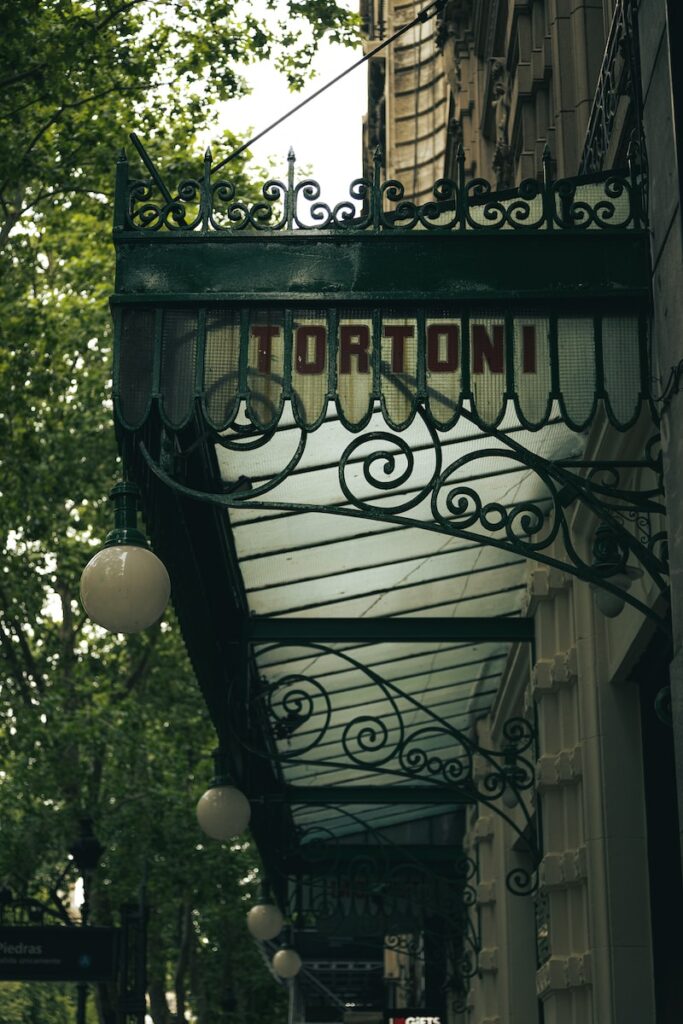
9. Coffeehouse Innovations
Coffeehouses, steeped in tradition and history, are also hotbeds of innovation. In this section, we’ll explore how coffeehouses continue to evolve and adapt to the changing tastes and preferences of their patrons. From sustainability initiatives to embracing technology, these innovative practices are reshaping the coffeehouse experience.
Sustainability in Coffeehouses
Eco-Friendly Sourcing:
Many coffeehouses are increasingly conscious of the environmental impact of coffee production. They source coffee beans from sustainable and ethical sources, often favoring fair trade and organic certifications. This ensures that coffee is cultivated in a manner that benefits farmers and minimizes harm to the environment.
Reducing Single-Use Plastic:
To tackle the issue of single-use plastic waste, coffeehouses have adopted eco-friendly practices. Reusable cups, biodegradable lids, and paper straws have replaced traditional plastic alternatives. Some coffeehouses even incentivize customers to bring their own reusable cups by offering discounts.
Waste Reduction:
Coffee grounds and leftover coffee can be repurposed in innovative ways. Many coffeehouses now recycle coffee grounds for gardening or partner with local farms for composting. Some even use coffee byproducts to create sustainable materials like coffee-based textiles and biofuel.
Technology and Coffeehouses
Mobile Ordering Apps:
To streamline the ordering process and reduce wait times, coffeehouses have introduced mobile apps. Customers can place orders, customize drinks, and pay through their smartphones. This convenient technology enhances the overall customer experience.
Contactless Payments:
In response to the global pandemic, coffeehouses quickly adopted contactless payment methods. Customers can use mobile wallets, credit cards, or NFC-enabled devices to make payments, reducing the need for physical contact during transactions.
Wi-Fi and Digital Amenities:
Many coffeehouses now offer free Wi-Fi, making them attractive spaces for remote work and study. Some establishments go a step further by providing charging stations, ensuring that patrons can stay connected while enjoying their coffee.
Coffee Subscription Services:
Coffee subscription services have gained popularity, allowing customers to receive freshly roasted coffee beans or pre-brewed coffee at their doorstep. Coffeehouses often offer subscription options, delivering a taste of their specialty brews to loyal customers.
Embracing Innovation While Preserving Tradition
While coffeehouses embrace innovation, they do so without sacrificing the timeless appeal of a well-brewed cup of coffee in a cozy environment. It’s this blend of tradition and innovation that makes coffeehouses so unique. Patrons can enjoy the convenience of mobile ordering while savoring the rich aroma of freshly ground coffee beans. They can engage with baristas who are passionate about their craft and connect with fellow patrons in the digital age.
The future of coffeehouses holds exciting possibilities. As sustainability practices and technological advancements continue to shape the industry, coffeehouses will remain dynamic spaces where tradition and innovation coexist. Whether you’re seeking a moment of respite or a place to work remotely, the modern coffeehouse will continue to cater to your needs while honoring the time-honored ritual of enjoying a cup of coffee.
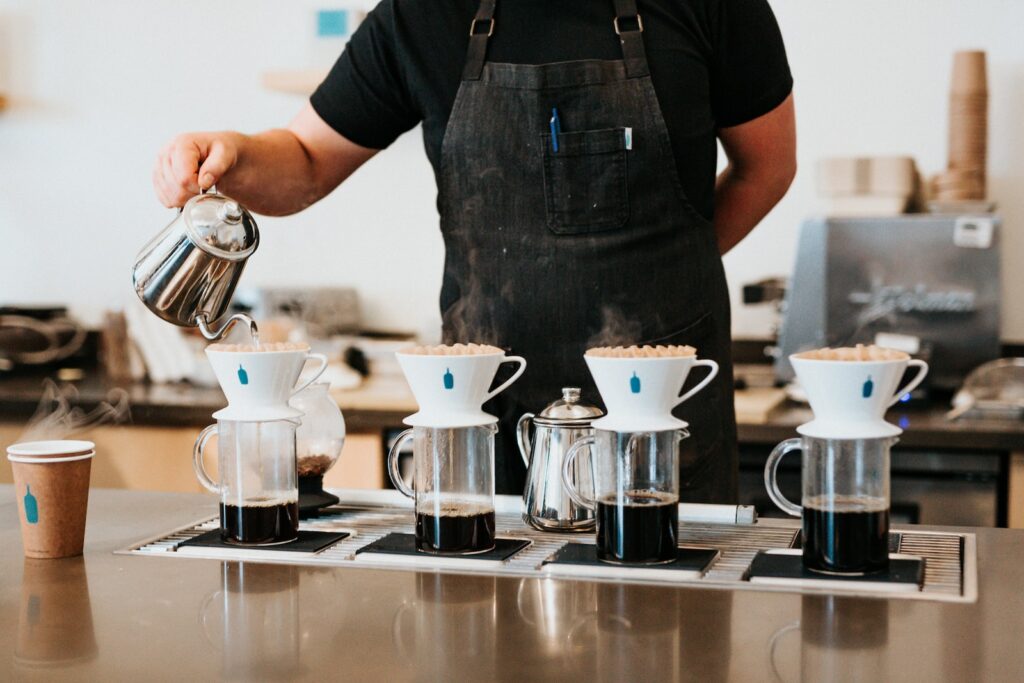
10. The Future of Coffeehouses
The coffeehouse, with its rich history and ever-evolving nature, is poised to continue its journey into the future. As we explore the changing dynamics of society, technology, and consumer preferences, we can glimpse what lies ahead for these beloved establishments.
Sustainability and Ethical Sourcing:
The commitment to sustainability will likely intensify in the coffeehouse industry. Consumers are increasingly conscious of the environmental and ethical aspects of coffee production. Coffeehouses will continue to prioritize sustainable sourcing, reduced waste, and eco-friendly practices to meet these demands.
Health and Wellness Focus:
As health-consciousness grows, coffeehouses are likely to expand their menu options to cater to a broader range of dietary preferences. You can expect to see more plant-based milk alternatives, sugar-free options, and beverages infused with functional ingredients that promote well-being.
Specialty Coffee Movement:
The specialty coffee movement, which emphasizes the unique characteristics of coffee varieties and artisanal brewing methods, is set to thrive. Coffeehouses will further showcase rare and distinct coffee beans, elevating the coffee-drinking experience to new heights.
Coffeehouses in the Digital Age
Virtual Coffee Experiences:
With the rise of virtual and augmented reality, coffeehouses may offer virtual tours of coffee farms, allowing customers to connect with the source of their coffee from the comfort of their local coffeehouse.
Personalized Coffee Recommendations:
Advancements in artificial intelligence and data analysis will enable coffeehouses to offer personalized coffee recommendations based on individual taste preferences and previous orders. This customization will enhance the customer experience.
Coffeehouse Communities Online:
Coffeehouses will continue to foster online communities through social media, where patrons can share their coffee experiences, connect with like-minded individuals, and stay updated on the latest coffee trends.
The Role of Coffeehouses in Society
Third Spaces for Work and Socializing:
Coffeehouses will remain essential third spaces, providing a welcoming environment for remote work, study groups, and social gatherings. The flexibility of these spaces will adapt to the evolving needs of patrons.
Cultural and Artistic Hubs:
Coffeehouses will continue to serve as cultural and artistic hubs, supporting local artists, musicians, and writers. They will remain platforms for creative expression and cultural exchange.
Global Coffeehouse Exploration:
As travel becomes more accessible, exploring coffeehouse cultures around the world will be a sought-after experience. Coffee enthusiasts will embark on coffee-themed journeys, visiting iconic coffeehouses in various countries.
Coffeehouse Recommendations
To conclude this exploration of coffeehouses, we offer a list of must-visit coffeehouses around the world. These establishments represent a blend of tradition and innovation, embodying the essence of the global coffeehouse culture:
- Café de Flore – Paris, France: An iconic coffeehouse known for its literary history and sidewalk seating.
- Blue Bottle Coffee – Various Locations: A pioneer in the specialty coffee movement, offering meticulously crafted coffee in minimalist settings.
- Café Tortoni – Buenos Aires, Argentina: A historic café that has hosted renowned writers and artists for over a century.
- Fuglen – Tokyo, Japan: A café that combines Japanese precision with Scandinavian design, offering exceptional pour-over coffee.
- The Grounds of Alexandria – Sydney, Australia: A coffeehouse that boasts a coffee research facility, a café, and lush gardens.
- Café Central – Vienna, Austria: A historic coffeehouse with stunning architecture and live classical music.
- Cafe Reggio – New York City, USA: A Greenwich Village gem known for its espresso and artistic ambiance.
- Timbertrain Coffee Roasters – Vancouver, Canada: A modern coffeehouse that roasts its beans on-site, offering a unique coffee experience.
- Café de la Paix – Cairo, Egypt: An atmospheric coffeehouse where patrons can savor traditional Egyptian coffee and shisha.
- Café Giang – Hanoi, Vietnam: Famous for its egg coffee, this café is a must-visit for coffee connoisseurs.
As you embark on your coffeehouse explorations, remember that each of these establishments carries a piece of the coffeehouse tradition while embracing the innovations of the present and the promise of the future. Coffeehouses continue to evolve, adapt, and inspire, ensuring that they remain beloved institutions for generations to come.
Conclusion
In the pages of this blog post, we’ve embarked on a journey through the captivating world of coffeehouses. From their origins in the Middle East to their evolution into global cultural hubs, we’ve explored the rich history, diverse cultures, and ever-expanding horizons of these beloved establishments.
As we look ahead to the future of coffeehouses, it’s clear that they will continue to be more than just places to enjoy a cup of coffee. They are dynamic spaces that adapt to changing trends and technologies while preserving the essence of community, culture, and creativity.
We’d like to extend our gratitude to TenCoffees for providing the platform to share this exploration. Coffeehouses hold a special place in the hearts of many, and through this blog, we’ve aimed to celebrate their enduring charm, cultural significance, and the innovations that keep them relevant in our lives.
So, the next time you step into a coffeehouse, whether it’s a historic café in Paris, a modern specialty shop in Tokyo, or your neighborhood’s cozy corner spot, take a moment to savor not only the coffee but also the stories, connections, and experiences that unfold within these remarkable spaces.
Thank you, TenCoffees, for sharing in our love for coffeehouses, where the past, present, and future come together over a cup of the world’s favorite brew.




